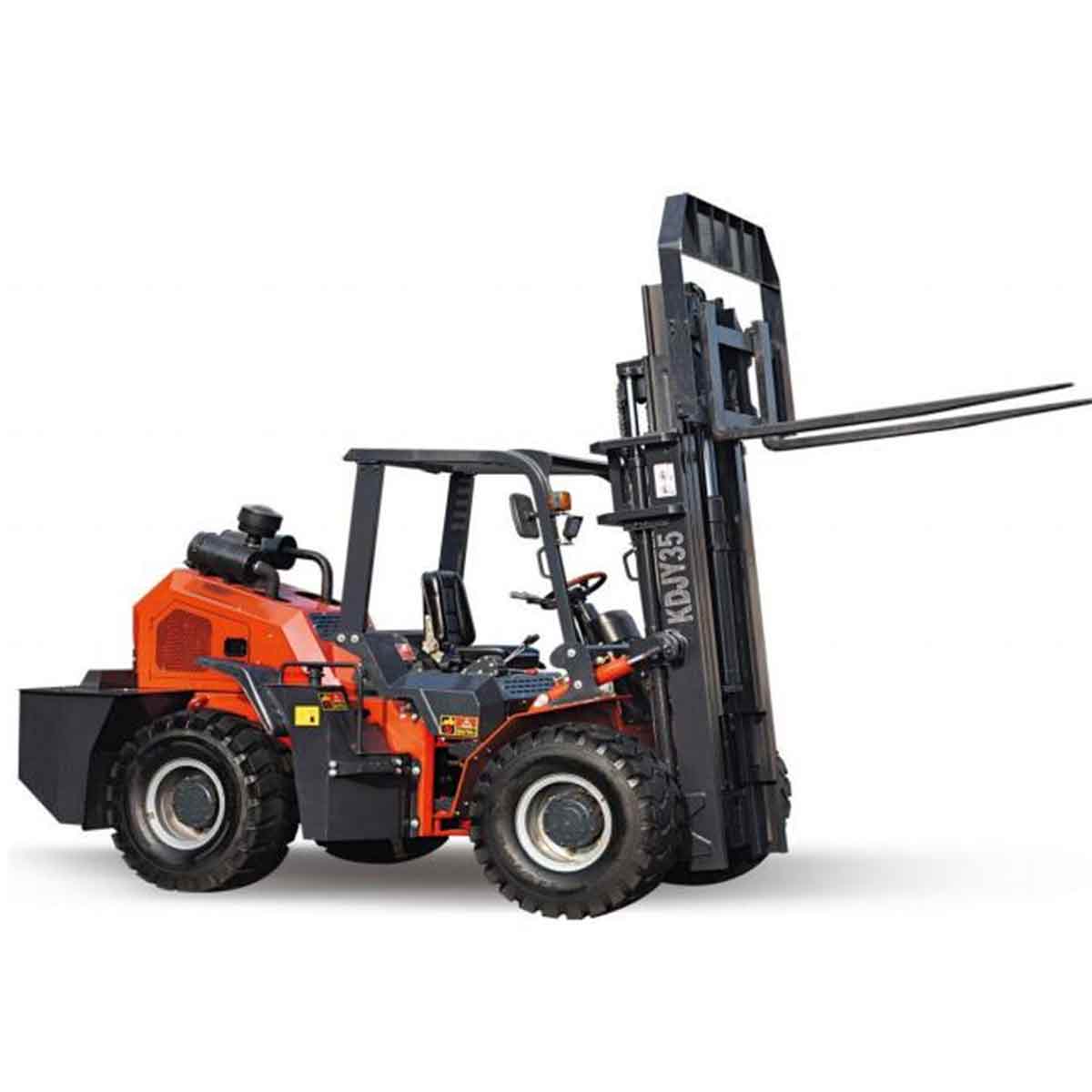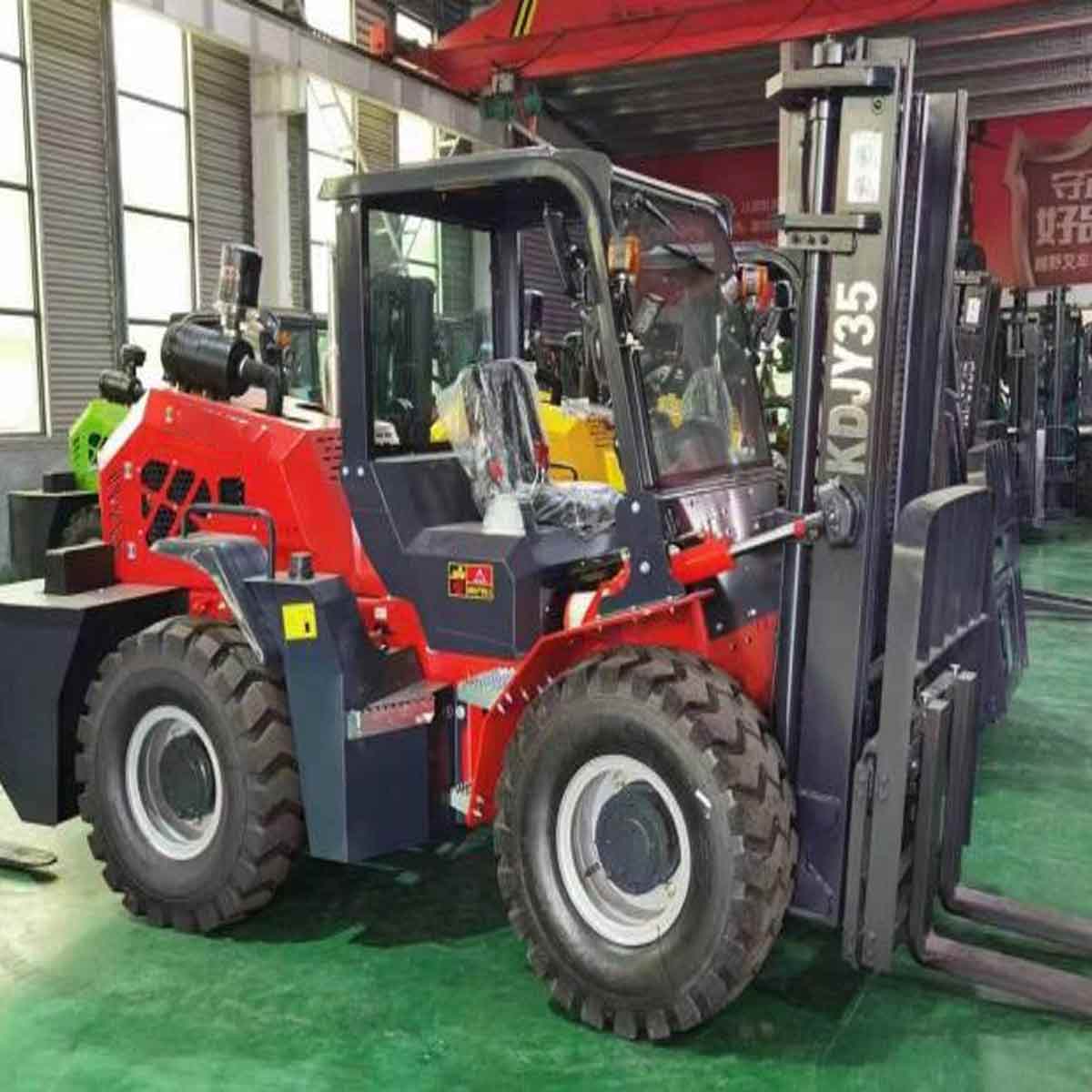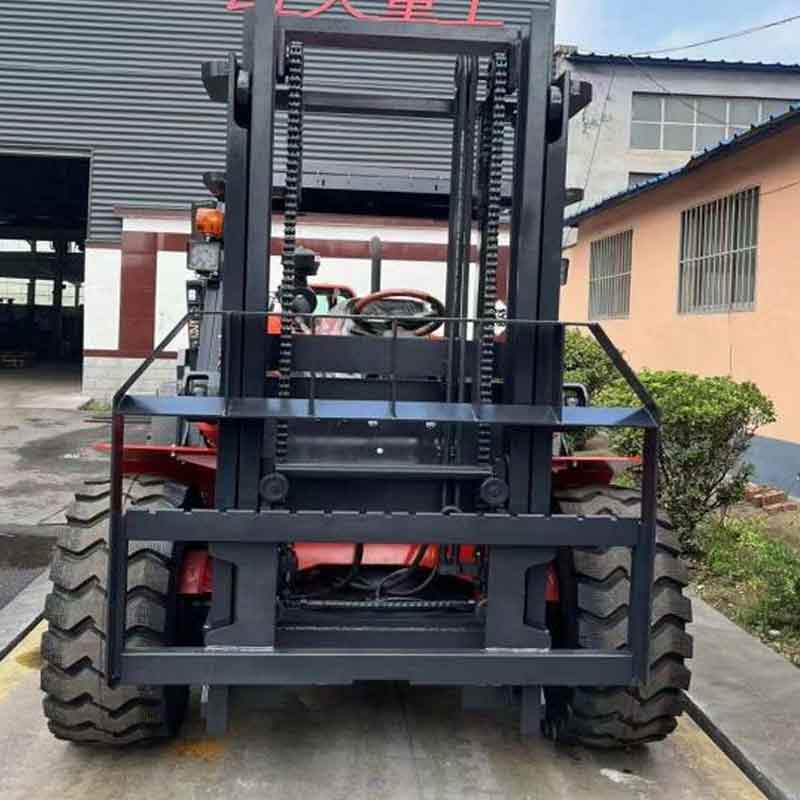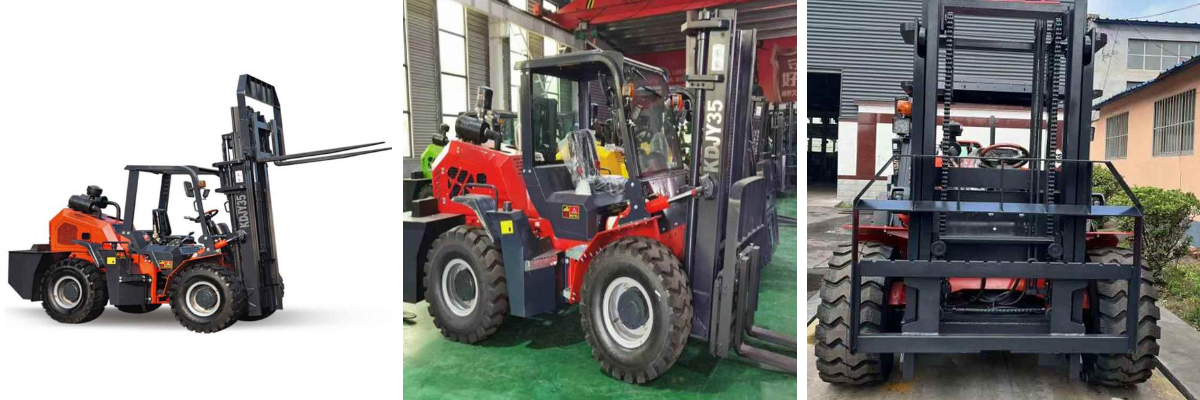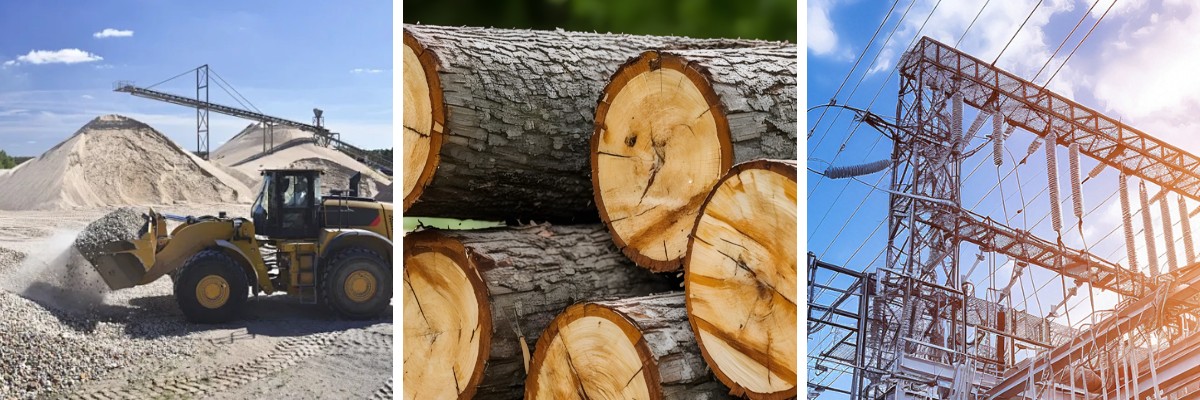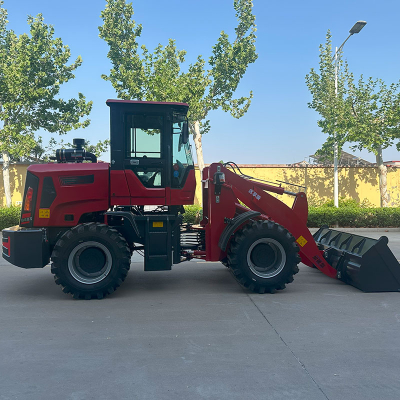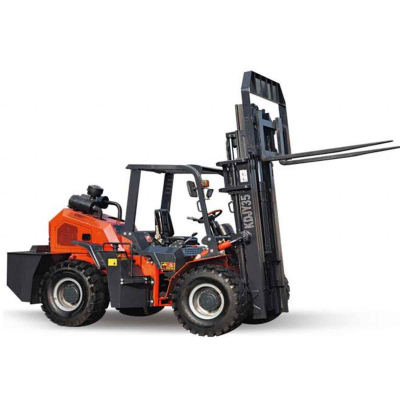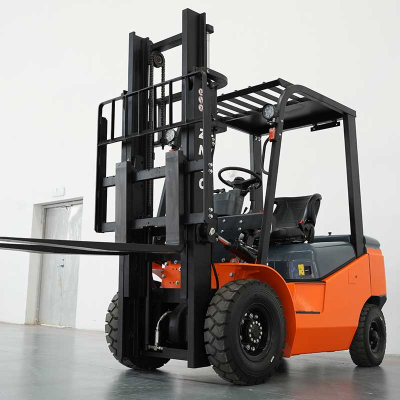3.5 Ton Articulated Forklift Truck For Sale
Articulated steering: The steering is driven by the hydraulic system, with a small turning radius, suitable for narrow spaces and complex terrain.
Independent swing: The front and rear bodies can swing relative to each other, enhancing the tire contact on uneven roads and reducing slippage.
Power transmission: Four-wheel drive (4WD) and central differential lock are usually used, and power is transmitted to the front and rear axles through the universal shaft.
Product Description
The Articulated Off-road Forklift adopts an articulated frame design. The front and rear bodies are connected by a central hinge point and can turn left and right. It has both off-road performance and
flexible steering capabilities.
Product Parameters
| Rated Load(kg) | 3.5T |
| Owerall Weight(kg) | 5200 |
| Dimensions(mm) | 3600×1850×2150mm |
| Max.Grade Ability | 35° |
| Drive mode | Four-wheel drive |
| Wheel tires | 23.5/70-16 |
| Portal-frame Bottom(mm) | 240mm |
| Wheelbase center ground ciearance(mm) | 280mm |
| Wheelbase(mm) | 1840mm |
| Min.Turning Radius(mm) | 3500mm |
| Engine Model | Quanchai 495 |
| Engine power(kw) | 36.8-77.2kw |
Typical application scenarios
Construction sites: transporting building materials, clearing rubble, and adapting to potholes.
Agriculture and forestry: loading and unloading feed and wood, and dealing with muddy or sloping terrain.
Mines and quarries: transporting ore or equipment in a crushed stone environment.
Emergency rescue: quickly clear obstacles at disaster sites and adapt to damaged roads.
Why choose 3.5T Articulated Forklift Truck
Articulated structure: The middle part of the vehicle body is connected by a hinge point, and the front and rear parts can be twisted left and right (usually 20-45°), achieving flexible steering, reducing the turning radius, and adapting to narrow or rugged environments.
Off-road capability: Equipped with large-pattern tires, four-wheel drive system, and high ground clearance, it can operate stably on unpaved roads such as mud, gravel, and ramps.
Articulated steering: Compared with the rear-wheel steering of traditional forklifts, the articulated design improves maneuverability and is particularly suitable for steering in confined spaces such as construction sites or forest areas.
All-wheel drive (4x4): Enhances traction and avoids slipping. Some models are equipped with differential locks to get out of trouble.
Enhanced suspension: Hydraulic or mechanical suspension is often used to buffer bumps and protect cargo and mechanical structures.
Multifunctional attachments: In addition to standard forks, buckets, booms, wood clamps, etc. can be replaced to expand application scenarios.



